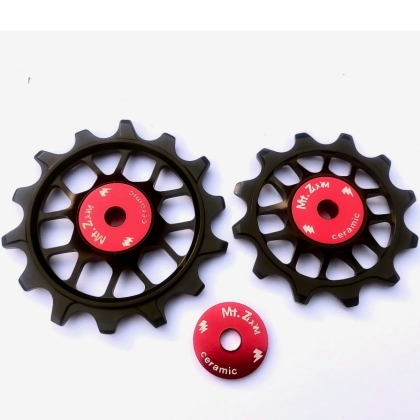General News

CARBON FIBRE - A MOUNTAIN BIKE PERSPECTIVE - so strong yet so light
Share on Facebook Share on TwitterPublished: 21st March, 2012
Hello and welcome to issue two of "carbon fibre, a mountain bike perspective", a series of short articles designed to help take some of the mystery out of this wonder material that so many of us are riding around the trails these days.
Issue two is designed at answering the common question: How can carbon fibre be so light yet so strong?
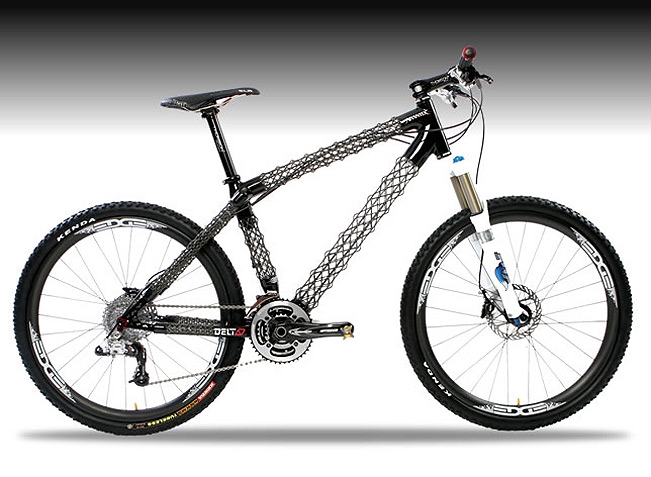
The way of things to come? Apparently so according to Delta 7 Sports.
In short there are four main criteria which add up to making carbon fibre frames so strong and light.
1. The high tensile strength of the carbon filaments themselves (explained in article 1).
2. The affect of laminating the filaments together.
3. The construction of each laminate.
4. The physical shape of the finished structure.
Laminating
So after issue one, the mystery of what carbon is and where it comes from has hopefully had a little more light shone on it. However, it's all very well having made a load of very fine super strong "carbon strings" and weaving them together into a fabric, but how do we go from that to a bike frame which is so strong and light?
Well, the secret is all in a process called laminating. This can be applied to many things from flooring, to furniture, to bikes, and is simply a name given to the process of sticking thin layers of a material together to enhance an aspect of the finished product, be it appearance, shape, strength or even to reduce cost.
In the case of carbon laminates, it is the ability to form complicated, very strong components that makes this technology so ideal for Carbon frame construction.
The best way to think of laminating, is to imagine a phone book made up from many pages. If you lightly hold the spine between finger and thumb in one hand, and the free page end between finger and thumb of the other hand, it is easy to bend the book. Now pinch the book between your fingers and thumbs and try again. What you will find is that the book becomes rigid and does not want to bend or move freely. This is because the pages cannot move relative to each other.
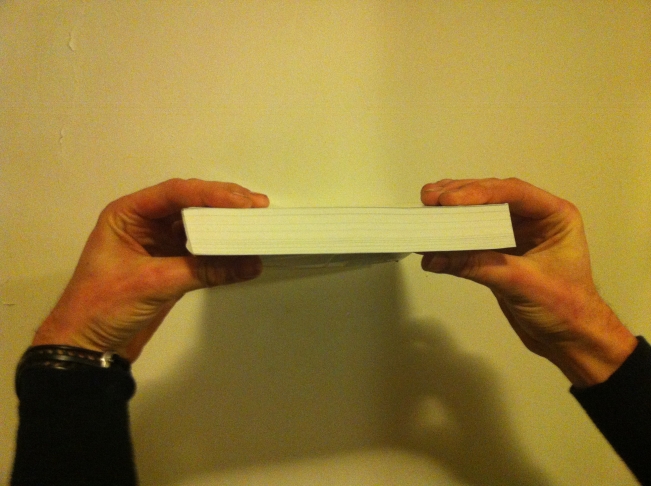
Hold the phone book as shown, holding lightly between fingers and thumbs.

When you try and bend it you will find it bends easily.
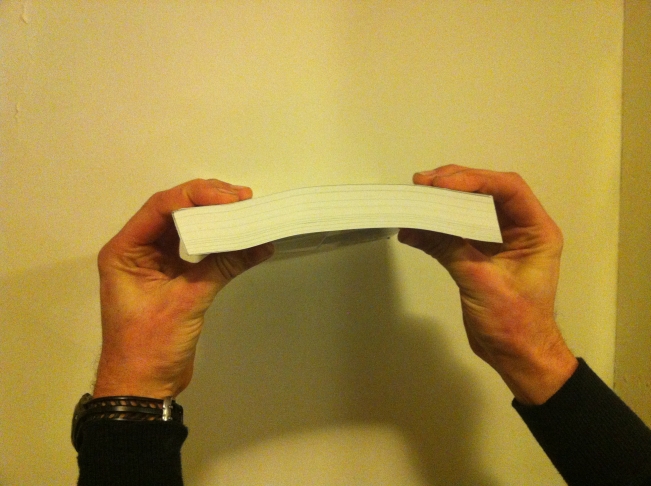
Now pinch hard with your fingers and thumbs and try and bend the bend the book, you will find it is much harder to do so.
This is the basis of laminating, be it wood, paper, glass fibre or carbon fibre. The great thing about laminating is that if the laminates are formed into a shape and then glued together they will retain that shape. Only when the glue begins to fail or the layers of laminate begin to break will the shape of the laminate be changed irreparably.
When it comes to carbon bikes, layers of carbon fabric are placed in a mould and glued together with a special glue called Epoxy Resin (more on that in a later article). It is during this operation that the skill of the laminator and the design of the mould add are critical if a light, strong frame is to be created.
As discussed before, the tensional strength of the carbon filaments is what give the laminate its great strength, but as with the phone book analogy, this is only true if they are stuck together well. However this could lead you to think that applying excess resin would be a good idea to ensure good coverage, or "wetting" of the carbon laminates.
It is however worth remembering that the resin is by far the heaviest part of the composite, and so it is critical that the minimum possible resin is used, and that the carbon laminates are compacted together during the setting of "curing" time of the resin.
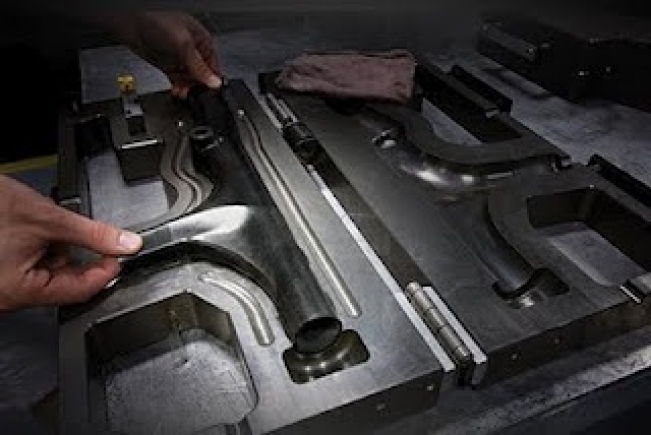
Here a component from a Trek bicycle is being taken from the mould after it has been formed. Note the thickness of the mould, this component would have had a latex bag inserted into it and inflated to compress the carbon laminates together under great pressure.
This is often done by a means of either inflating a latex tube inside the mould to compress the carbon laminates together with great pressure, or occasionally using a vacuum bag where the air is sucked out of the laminate side of the bag and allowing the atmospheric pressure to compress the laminates together.

A diagram of how a latex tube is use to apply pressure to a laminate in a mould. The mould can be split apart to release the finished part after curing.

A diagram showing how a vacuum bag is
used to consolidate the laminate using atmospheric pressure.
Whichever process is employed manufactures and frame designers are always very keen to optimise a thing called fibre volume, a number that indicates the ratio between the amount of carbon fibre to resin in the laminate. The fibre volume can drastically affect both the weight and strength of the laminate, too much resin and the laminate is unnecessarily heavy, too little and not all the carbon fibres will be glued together resulting in a weak laminate.
The fibre volume is often determined by cutting the laminate, looking at the cross section under a microscope, and measuring the area taken up by resin, and that taken up by fibre. In a carbon composite laminate a 50%-60% fibre ratio (i.e 50%-60% of the sectioned area is taken up by carbon) is typically looked for in a good bike frame.
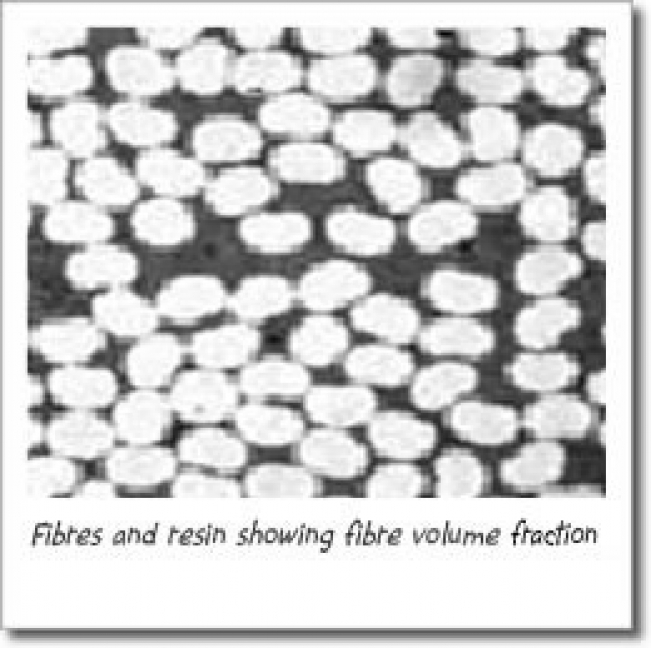
Fibres and resin showing fibre volume fraction
Construction of the laminates
While laminating layers of carbon material gives a strong structure, the laminate can be further strengthened by tailoring the number of layers used in a particular part of the frame, and orienting the fibres in a particular direction, according to the direction of the forces which will be applied to that area of the frame.
For example, carbon materials are commonly available in 0-45° (where the fibres are woven at 45° to each other), 0-90° (where the fibres are woven at 90° to each other), and uniaxial (where the fibres run in one direction only).
Placing these different fabrics in specific places throughout the frame, can help not only make the frame very strong while minimising material, but can also make areas of the frame very stiff in one direction, yet supple in another. A good example of this is the rear triangle of a bike, were laterally the frame can be made very stiff to ensure a responsive, fast accelerating bike, yet supple in the vertical axis to give the frame a comfortable ride. Anyone who has done any road riding will know how early aluminium frames would accelerate far better than their steel counter parts, yet the ride they offered was often pretty hard, with any tiny vibration being passed directly from wheel to saddle.
Physical shape
Finally, in order to really help keep weight down and strength up, the overall shape of the laminate is essential. Due to the ability to make an almost unlimited number of frame and tube shapes, designers can now tailor frame tubes to react the forces put into them by the rider by changing their shape and form throughout their length. For example, think of a down tube on a new carbon frame, there was a time in the early days of carbon fibre when frames were made by bonding standard diameter carbon tubes together much like a steel lugged frame.
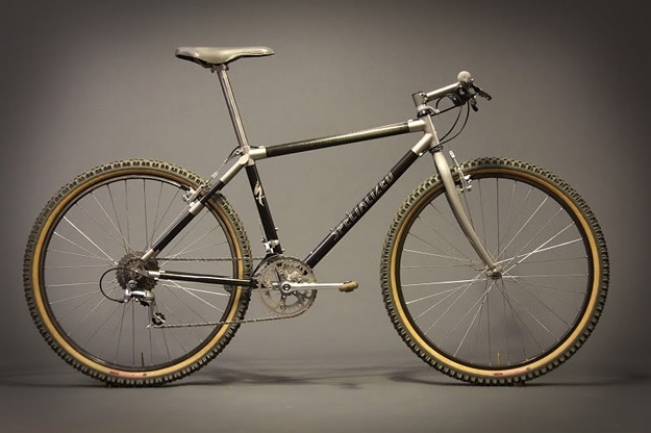
Specialized's early 90s dream machine, the S-Works Ultimate that used plane gauge carbon tubes with titanium lugs.
However, now the tube can be made fatter and wider at the bottom bracket area, while being slimmed down at the head tube area.
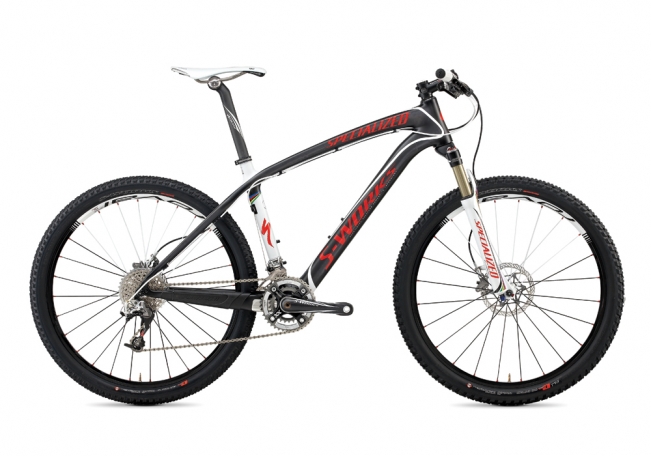
A more up to date version of
Specialized's S-Works, note how the top and down tubes change in
profile along their lengths, a far cry from the early Ultimate.
When you look at today's bikes, you can see that being able to change and optimise a frames construction in terms of laminate design and tube profile throughout the frame has led to some of the best looking, most comfortable and responsive bikes we have ever seen.
Next time on Carbon Tec Talk:
It's all about the glue: The un-sung hero, Epoxy Resin explained.
- - - - - - - - - - - - - - - - - - - - - - - - - - - - - - - - - - - - - - - - - - - - - - - - - - - - - - -
At CFR bikes, specialists in carbon frame repair, we fully appreciate the lengths manufacturers have gone to in order to provide the bikes you see today.
For this reason we take great care in selecting the most suitable carbon fabric material to best meet the needs of the damaged area of the frame, and once selected, repair the frame using our specially developed laminate consolidation process, to give a strong, light, lasting repair.
For more information on getting a frame repaired, please visit up at www.cfrbikes.com.
Contact Us | Advertise | Use Our Online Entry System
All content © XC Racer.com | Website Designed and Developed by DesignUNLTD
